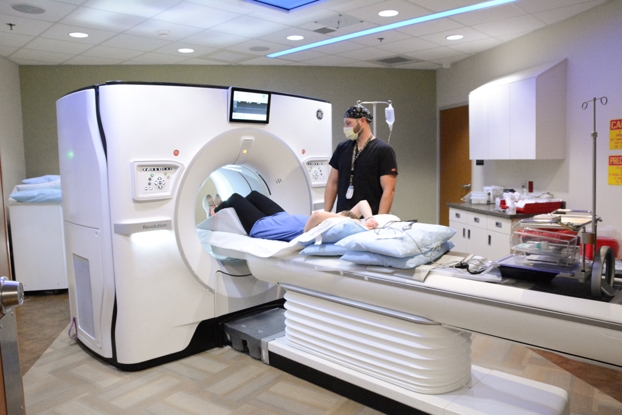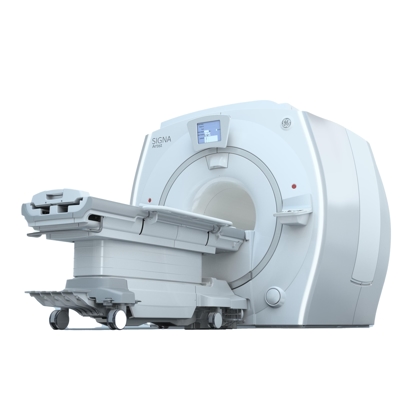
Structural Heart Program
The Structural Heart Clinic provides a direct path of care for patients with heart valve problems. Services include monitoring patients with symptomatic and/or non-symptomatic valvular heart disease (VHD), such as aortic stenosis or mitral regurgitation. The Structural Heart Clinic provides high quality care from a multidisciplinary team, which includes interventional cardiologists, cardiothoracic surgeons and a clinic coordinator. The team reviews data and discusses surgical and/or non-surgical recommendations with each patient.
Aortic Stenosis
Aortic Stenosis is a progressive disease meaning that, over time, the heart’s aortic valve narrows and reduces the valve’s ability to fully open and close. When this occurs, the heart must work harder to push blood through the aortic valve to the body. As a result, less oxygen-rich blood flows from the lungs to the brain and to the rest of the body, which may cause symptoms and weaken the heart muscle.
Risk factors
- Calcium build-up
- Radiation therapy
- Infection of the heart
- Birth defects
- Rheumatic fever
- Age
Symptoms
- Chest pain
- Rapid, fluttering heartbeat
- Trouble breathing or feeling short of breath
- Feeling dizzy or light-headed, even fainting
- Difficulty walking short distances
- Swollen ankles or feet
- Difficulty sleeping or the need to sleep sitting up
Treatments
Treatment for aortic stenosis will depend on the severity of the patient’s condition, and surgery may be necessary to repair or replace the valve. The team at Hendrick Heart Valve Clinic is specially trained in multiple treatments and procedures to meet individual patient needs.
Transcatheter Aortic Valve Replacement (TAVR)
TAVR is a less-invasive approach to aortic valve replacement compared to traditional open heart surgery. With the TAVR procedure, the physician makes a small cut, usually in the groin. And inserts a thin, flexible tube into the artery to guide the heart valve up to your heart. The valve is then expanded into place. The old valve is not removed; it fits within the diseased valve. Patients undergo moderate sedation for this treatment, are admitted overnight and typically go home the next day.
Benefits of TAVR include:
- Better clinical outcome
- Less invasive procedure, with minimal scarring
- Shorter hospital stay
- Shorter recovery time
- Less pain and anxiety
- Improved quality of life
- Symptom relief
Left Atrial Appendage Occlusion
Left Atrial Appendage Occlusion is another procedure offered at Hendrick for patients with non-valvular atrial fibrillation. This permanent implant closes off a small part of the heart where blood clots commonly form.
The implant is approximately the size of a quarter, and it does not require open-heart surgery. To place the implant, the physician makes a small cut in the upper leg and inserts a narrow tube that guides the implant into the left atrial appendage (LAA). This procedure requires general anesthesia. Patients will stay in the hospital overnight and will typically go home the next day.
-
Cynthia M.. Shirley, PAC
CardiologyView Profile
-
Sterlynn C.. Patterson, NP
CardiologyView Profile
-
Dhruv Rajpurohit, DO
CardiologyView Profile
-
Nancy Daggubati, MD
CardiologyView Profile
-
Ramez S.. Nairooz, MD
View Profile
-
Harold C.. Salmon, NP
CardiologyView Profile
-
Isabella M.. Dacumos, FNP
CardiologyView Profile
-
Jonathan P.. Urbanczyk, DO
CardiologyView Profile
-
Kristan E.. Swiney, NP
CardiologyView Profile
-
Michael S.. Blanc, MD
CardiologyView Profile




















